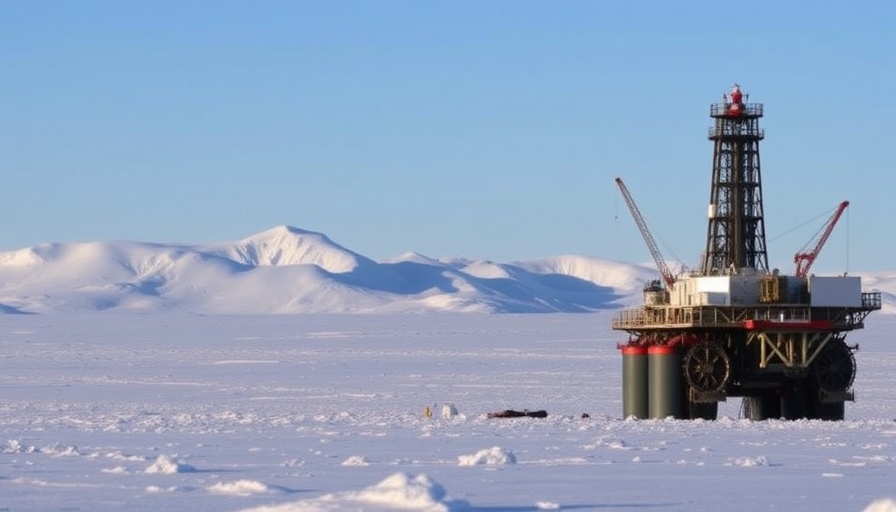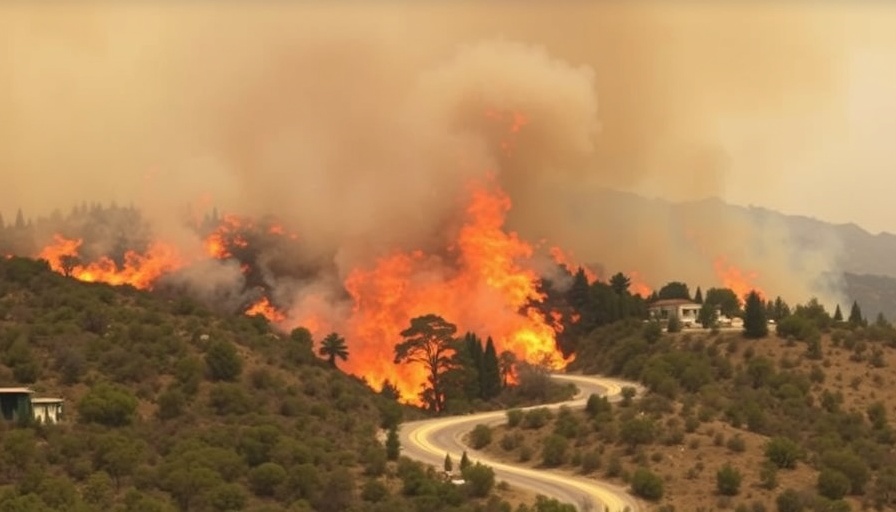
Fears Rise Over New Arctic Drilling Plans and Their Impact
As the Trump administration pushes to expand oil and gas drilling in the National Petroleum Reserve-Alaska (NPR-A), many are raising alarms about the potential consequences of these actions. Environmentalists, Indigenous groups, and climate activists are voicing strong concerns that this initiative threatens not only the fragile Arctic ecosystem but also the subsistence rights of Alaska Natives who depend on the land for their way of life. This public pressure has become increasingly significant, with over a quarter of a million public comments submitted during the recent comment period regarding the proposed rollbacks on protections in these regions.
The Importance of the National Petroleum Reserve-Alaska
The NPR-A stands as the largest unit of public land in the U.S., covering an astonishing 23 million acres. It is a crucial area for wildlife, including the migrating caribou and polar bears. The potential opening of 82% of this land for oil drilling sheds light on ongoing tensions between environmental preservation and industrial interest. Activists argue that this movement to strip protections translates into an alarming trend of prioritizing fossil fuel extraction over ecological integrity, resulting in extensive risks to already vulnerable habitats.
The Story Behind the Outcry
Recent reports have highlighted the brutal reality of oil exploration in sensitive areas. Alarming accounts, such as an incident where an employee shot a polar bear, raise ethical dilemmas about human-animal interaction amid the ongoing drilling projects. People like an 18-year-old advocate from Denmark, who lamented the irreversible changes to the icy wilderness, underscore the importance of these landscapes for global biodiversity and climate regulation.
Voices of the Alaskan Indigenous Communities
For Alaska Native groups, the rollback of protections represents a direct threat to their heritage and way of life. Groups like Sovereign Iñupiat for a Living Arctic are fighting against what they consider an erasure of years of collaborative work aimed at preserving the unique biological features of the NPR-A. As communities strive to maintain their connection to the land, this industrial push feels like a betrayal.
The Broader Picture: Climate Change and Energy Policy
These developments in Alaska tie into a global narrative of climate change and energy policy. With the Arctic showing signs of dramatic warming, opening vast spaces for drilling could have unforeseen implications not only locally but also internationally. The implications extend far beyond the Great White North; it strikes a chord with anyone concerned about the fight against climate change and effective energy solutions.
What’s Next? Observing the Outcomes
As the Biden administration and the U.S. Bureau of Land Management prepare to carry out their plans in the coming weeks, the public and stakeholders are keeping a close watch. The outcome hinges upon public outcry at a time when political divisions over energy policies remain stark. Will the remarks of young climate activists and Indigenous voices resonate enough to reset the course, or will the desires of the fossil fuel industry continue to dominate the narrative?
Why It Matters: The Need for Sustainable Solutions
This dialogue is not just about protecting the Arctic; it's about envisioning a more sustainable future that respects human rights while addressing global energy needs. Homebuyers, sellers, and property investors in areas like Dumfries should consider the implications of national energy policies on property values and community sustainability initiatives. Are we collectively prioritizing our environment, or are we sacrificing it at the altar of rapid industrialization?
In conclusion, the ongoing situation in the NPR-A is a poignant reminder of the pressing need for sustainable practices in energy policy, especially in vulnerable ecosystems. Engaging with local and national dialogues about conservation and development could pave the way for more responsible investments in both energy and real estate markets.
 Add Row
Add Row  Add
Add 





Write A Comment